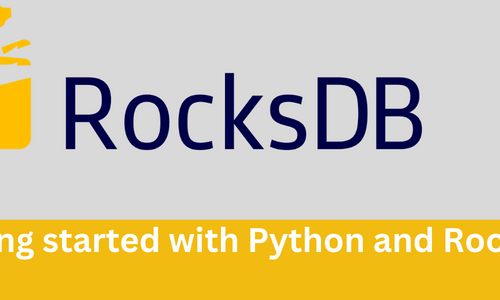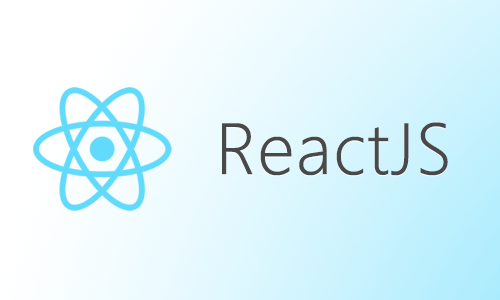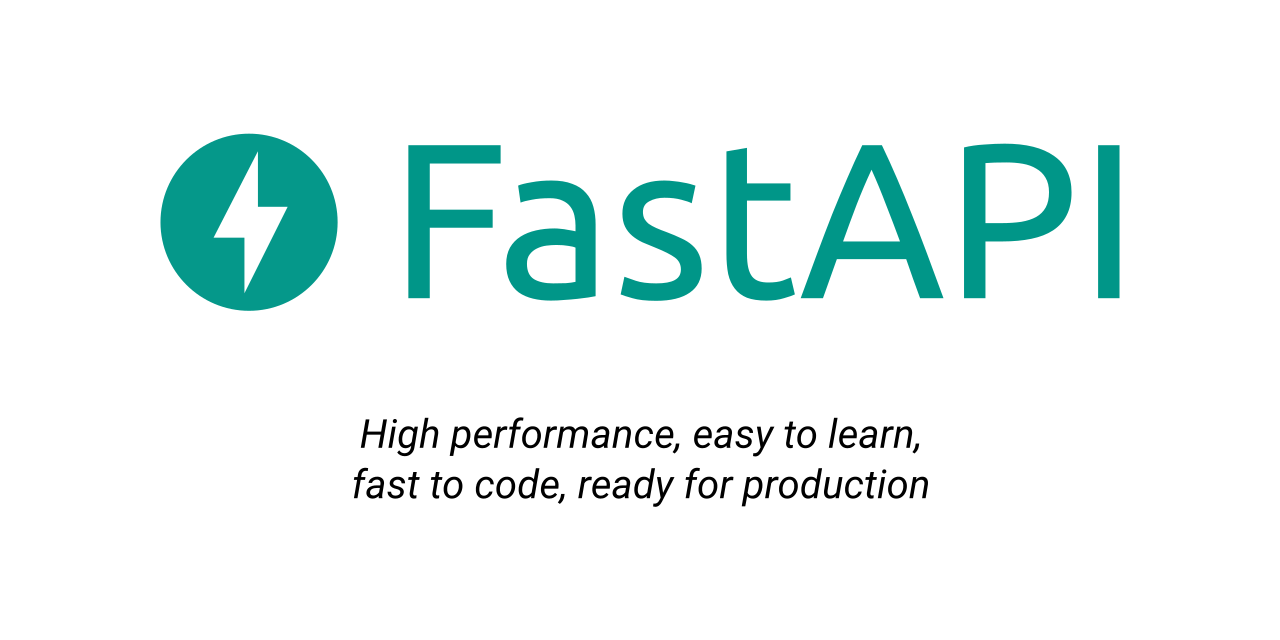
Guest Post by Gilad David Maayan
Software teams have been adopting agile project management methodologies for nearly a decade. As a result, development teams have increased their velocity and communication, and they are quicker to react to market trends. However, to be truly effective, agile methodologies rely on solid planning. This article offers a guideline for planning your agile project.
What Is Agile Project Planning?
Agile project planning is a project management approach that breaks big projects into independent units called sprints. Each sprint is a short work cycle that runs from one week to one month.
Teams use sprints as small manageable tasks, which they strive to achieve within the allocated cycle. To determine what they can achieve in each sprint, they use agile metrics. Then they assign unique items to each team member, thus eliminating repeatable processes.
Essential Components of Agile Planning
Agile methodologies aim to turn projects into dynamic and collaborative efforts. To do that, teams work together to break big projects into manageable and realistic tasks. Here are key components that the majority of agile teams use when planning their workload:
- Sprints and releases: The term release refers to a substantial update of an existing product or creation of a new product. Releases are separated into iterations, also referred to as sprints. Usually, each team works on a list of different tasks for each sprint. These tasks are called user stories.
- User stories: User stories briefly describe the need of a user or client. Typically user stories follow a simple template: As a < type of user >, I need < some goal > so that < some reason >.
For example:
As a team member, I need to know what tasks are assigned to me, in advance so that I will complete tasks on time. This method encourages development teams to write user stories on sticky notes and arrange them on tables or walls. As a result, the entire team can discuss how to address that particular user needs in the best possible way. - Iterative planning: The agile planning process is based on single development periods, also known as iterations. Agile teams iterate the same procedure repeatedly in every sprint. Each iteration has to introduce a working feature that can be released to users. Iterative planning processes enable teams to assess how many user stories they can finish in a specific timebox. In addition, iterative planning allows them to discover factors that slow down progress. They can take care of these problems in the next sprints.
- Estimation by team members: In agile planning, the workload is not dictated by the management. The development teams participate in sprint estimation and planning, typically using project or task management software. This principle of planning enables agile teams to measure the complexity of user stories with story points.
- Story points: are units of measure that express the amount of effort required to fully implement a user story. For instance, you can mark a simple user story with 1 point, or give 5 points to a very complex story. Ideal time is another unit of measure for user stories.
- Ideal time: estimates the time it will take to complete a story without any interruptions. Ideal time estimation is not a realistic measure because you always have interruptions like meetings, emails, phone calls, and more. In addition, each developer has a different ideal time. That is why story points are a more practical measure, as it provides a more accurate estimation.
While these components can help create a collaborative and dynamic process, it is also important to allow for flexibility. Each project, organization, and collaborator may have different requirements, and that’s okay. Flexibility is a key component for Agile workflows, which should strive to cut down on overlong processes and prioritize efficiency.
Agile Planning Process Steps
Release Planning
The first stage in agile planning is to define the release goals. These goals must address the problems you want to solve in the current release. For example, improving user experience. The team has to plan the release based on these goals.
The following steps describe the process of release planning for agile teams:
- Review the goals by discussing the required features.
- Examine the different feature details and delivery factors. This includes external dependencies, required infrastructure, and risks. Teams should give the highest priority to features with the greatest value and risk.
- Agree on a reasonable amount of work for each sprint. Base this decision on the velocity of your team in earlier sprints. Take into consideration all known interruptions like meetings and support work.
- Prioritize user stories based on their size.
- Include an iteration in your plan.
- Create user stories and add them to the iteration until it reaches its maximum capacity.
- Add more iterations until you cover all user stories
- Remove low priority user stories to adjust to the required release time.
- Use an agile management tool to share your plan. In addition, request feedback from all teammates and product owners.
Sprint Planning
The sprint planning process is an essential part of any release plan. The following steps describe how agile teams plan sprints:
- Discuss the lessons learned from previous sprints.
- Evaluate the release plan and update it according to recent sprint velocity. Updates include new features, priority changes and spare time that was not taken into consideration.
- Include as much detail as possible in user stories and elaborate on unclear tasks.
- Create small tasks that you can finish in one workday by separating user stories.
- A scrum master should assign tasks to each team member and make sure they commit to complete them.
- Write user stories on actual sticky notes and place them on large visible boards. Make sure that all user stories of the current sprint are on the board and visible for the entire team.
- Monitor the progress of each task by recording the remaining time to complete, estimated hours and actual hours worked. This time monitoring should be visible to everyone. In addition, all teammates should update the time tracking and see times of other teammates.
- Use a burn-down chart to track velocity. A burn-down chart shows if the team is on schedule, behind or ahead of schedule. This is done by comparing the time tracking to the actual plan.
Standup Meetings
Healthy communication is critical for detecting and solving problems during a sprint. In daily standup meetings, each teammate reports on their progress.
Here are the basic concepts of a standup meeting:
- Daily standup meetings encourage efficiency.
- Standup meetings duration is no more than 15 minutes.
- Each team member has a maximum of one minute to report on their status. The report should include things like daily plan, possible interruptions and remaining time to complete a task.
- The release manager or Scrum Master is responsible for assisting team members to overcome difficulties.
Conclusion
The agile methodology is very different from traditional approaches like waterfall development. New team members that are used to waterfall processes may reject agile in the beginning or adapt very slowly. That does not mean that they will not eventually successfully adjust.
The agile project management methodology is a proven approach with high success rates, including mission-critical projects at NASA. Therefore, agile sprint planning, user stories, and standup meetings can offer many advantages for any organization.
Gilad David Maayan is a technology writer who has worked with over 150 technology companies including SAP, Samsung NEXT, NetApp and Imperva, producing technical and thought leadership content that elucidates technical solutions for developers and IT leadership.
LinkedIn: https://www.linkedin.com/in/giladdavidmaayan



